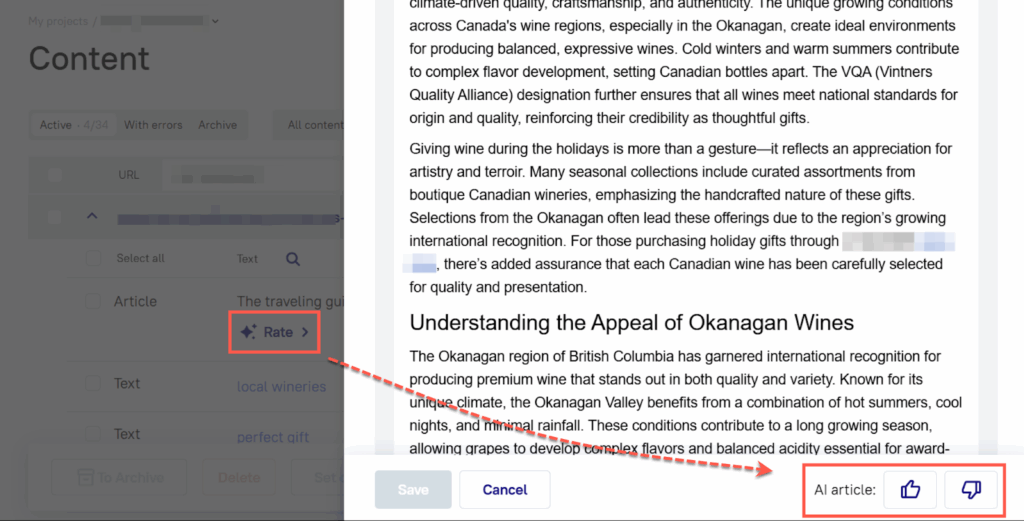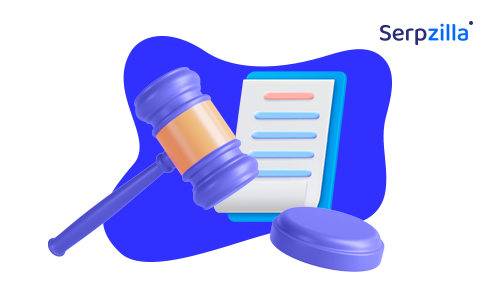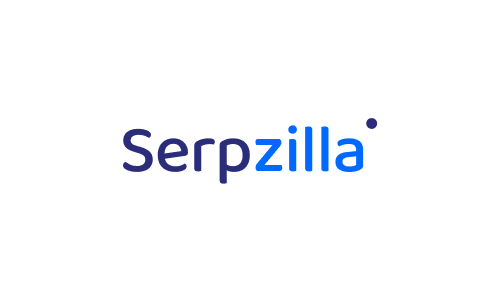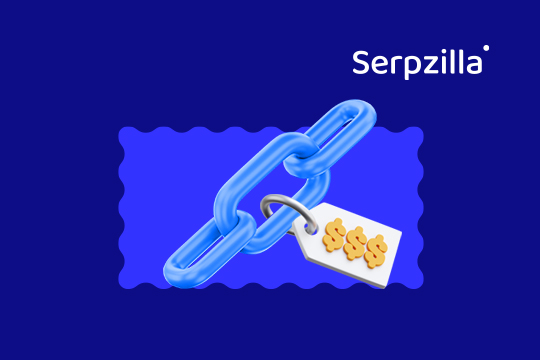Imagine this: you’re launching a guest post campaign. Normally, you’d have to wait a couple of days for a copywriter, then sift through half-baked drafts and spend hours on editing. And after that you still might end up with keyword-stuffed, dull content. It’s a bottleneck. And in link building time is money.
Now picture this instead: you fill in a few fields in the form, click Create, and two minutes later a SEO-ready, polished article lands at your fingertips. That’s not magic. That’s AI Articles, a new tool introduced by Serpzilla.
How AI Articles tool works
At its core, AI Articles analyzes what’s already ranking in search engines for the keywords you suggest. Instead of blindly generating text, the tool studies top-performing pages, identifies patterns in structure, keyword usage, and tone. And after performing the analysis it creates content designed to compete with (and even outperform) them. The system also updates automatically to keep content aligned with current search engine standards.
The real strength of AI Articles lies in saving both time and budget. It produces search-engine-friendly text that meets technical SEO requirements without keyword stuffing. Headlines, key phrases, and even LSI terms are automatically optimized so you get a clean, readable copy that’s ready to publish in about five minutes, not days.
And it’s remarkably affordable: each article costs just $1, with no subscriptions or hidden fees. It’s about thirty times less than the average price of a human-written SEO copy.
The tool is designed to meet a wide variety of content needs. Whether you are creating guest posts, PR articles, SEO landing pages, PBN content, or meta descriptions, AI Articles can handle it. It supports over 50 languages and adapts to specific countries, making it easier to target multiple markets.
Moreover, flexible settings allow you to choose article length, style (informational, commercial, or educational) and other options to suit your website.
For advertisers, using this tool means that campaigns can be launched faster, with less time spent waiting for writers or editing drafts. While webmasters benefit from a consistent flow of structured content without having to manage multiple copywriters.
In short, AI Articles does more than generate text. It approaches content like an SEO specialist, taking care of routine tasks so you can concentrate on achieving results.
How AI Articles Differs from Other Tools
The AI Articles tool goes far beyond standard text generators. It follows a multi-stage process designed for accuracy, speed, and SEO depth.
Stage 1: Detailed Setup
Every project starts with a precise technical brief. The tool generates content based on the article type: commercial, informational, or educational, using pre-tuned prompts that match each goal. This ensures that the text fits its purpose right from the start.
Stage 2: Dual-Layer Analysis
Two analyses run in parallel:
- Your website analysis — the tool reviews your existing page content to capture tone and context.
- Competitor analysis — it studies the top-10 search results, identifying structure, style, key points, and unique selling propositions.
At this stage, the tool performs deep LSI analysis, building a semantic model of the topic. Rather than stuffing keywords, it integrates the full semantic core, helping the text appear both comprehensive and naturally relevant to search engines.
Stage 3: Planning and Parallel Generation
Using the collected data, AI Articles creates a detailed article plan with headings (H1–H4), paragraph layout, and optimal section length. Then it generates all sections in parallel, not sequentially, allowing the complete article to be ready in about 60 seconds.
Stage 4: Compilation and Internal Linking
The tool merges all sections into a coherent text and performs automatic interlinking according to predefined rules, inserting two links: one anchor link near the beginning and a non-anchor link at the end.
Stage 5: Final Quality Check
Before the final content is delivered, the article passes a multi-step review:
- Uniqueness analysis.
- Correction prompts for detected errors.
- Removal of AI artifacts (special characters, repetitions, awkward phrasing).
- Case and formatting validation.
Only after all checks are complete, the clean, polished version appears in your account.
How to Use It
Creating an article is simple and fast.
Step 1: Opening the AI Articles Tool
You can open the AI Articles tool:
- either directly from your dashboard by clicking AI articles in the left-hand menu;

- or via the Content tab by clicking the Add AI article button.

After that the Adding an article window opens.

Step 2: Filling in the Required Parameters
You need to fill in required parameters so the AI can produce content tailored to your project and SEO needs.
- Bind text to URL
Click the field to open the list of available project URLs to choose from. You can also add a new URL by clicking the Add URL button. - Title
Enter a clear and concise headline for your article. Minimum number of characters – 2, maximum – 255. - Keywords
The tool analyzes top-ranking content for the specified keywords and creates text with the correct structure, optimal keyword density, and no spam. Enter keywords in a single line, one by one, separated by commas and click the Add button. Words or phrases are allowed. Maximum number of keywords – 5. - Article type
Select one of the following article types:
- Commercial
- Informational
- Educational
- Article language
By default, your profile language is selected. You can manually change it and select one of 57 available languages. - Words, minimum
Choose the number of words you want for the article. On average, one word equals about five characters. The selected length does not affect the cost.
Step 3: Adjusting Optional Parameters
If needed, you can expand the Tuning Settings section to fill in optional fields:
- Article country
Select a country to adapt the content for local language, spelling, dialects, SEO keywords, and cultural or legal norms. For example, if you want the article in British English, set the Article language to English and the Article country to the United Kingdom. - Prompts for AI
Give instructions for the AI to follow when creating the article, including structure, key points, or tone. Limit: 150 characters. - Keyword usage frequency
Select how many times the keywords or phrases specified above should be mentioned in the article. For each keyword you can choose a number from 1 to 5. If you enter a number outside the allowed range, it will automatically adjust to the permitted minimum or maximum.
After you fill in all needed fields, click the Create button.
Step 4: Evaluating AI Article
After you order an AI-article and pay for it, you can edit the generated text on the Content page by clicking the Rate button next to the article.

In the window that opens, you can both edit the text and give it a rating. If you’re satisfied with the result, click the 👍 icon, if you are not, click the 👎 icon. Each time you open the editing form, the previously selected evaluation will be shown. If needed, you can change it at any time, but you cannot remove it completely.
Why Use This Tool
Creating high-quality SEO content usually demands careful planning and countless edits. The AI Articles tool removes much of that effort. It analyzes search requirements, organizes information into a clear structure, and delivers text that is already optimized for performance. Advertisers and webmasters can focus on campaign goals or site strategy while routine editing and keyword work are handled automatically. This approach saves valuable time, preserves consistency, and supports steady growth of SEO projects.







